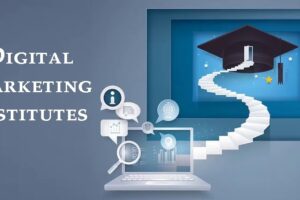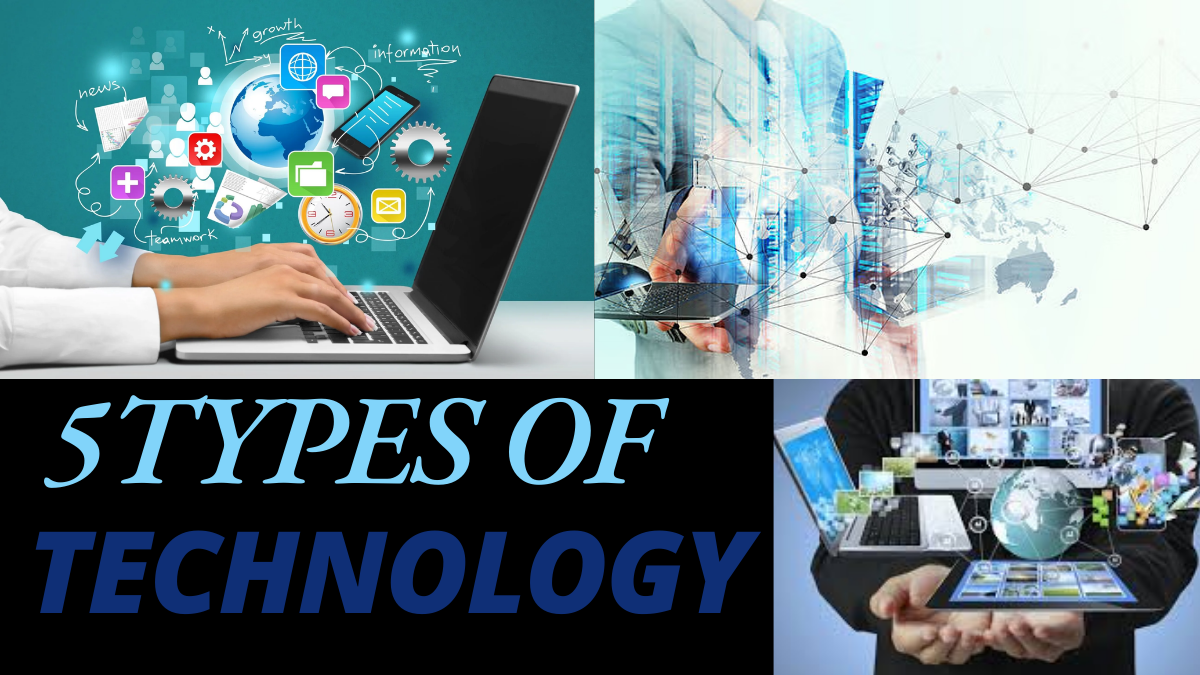One day without technology?
No, it’s not possible.
Nowadays we all are dependent on technology. There are many different types of technology in today’s world but we will focus on 5 Types of Technology. Innovations have been made through technology, each with unique functions that aim to make certain processes more efficient. With better knowledge of technology, we can use it to improve our day to day lifestyle. 5 Types of Technology has many contributions such as the contribution of technology in education, development of (AI) artificial intelligence in business, the latest technologies in the software industry, contribution in the communication, medicine, and many more advantages and contributions.
5 Types of Technology impacts every aspect of life, including society, business, and personal interactions. Technology is spreading at a rapid pace, from smartphones to artificial intelligence, from cloud computing to virtual reality. The world of technology is vast wide spread. It’s essential to understand various forms of technology in order to locate the complicated environment created today by technology.
5 Types of Technology is the study of scientific knowledge to create tools and processes that would used to change the world by increasing efficiency in nearly every point of our lives. Technology has made our lives easier but someway complicated too, and humans have become entirely dependent on it. It isn’t easy to imagine a step ahead without technology.
What is technology in relation to 5 Types of Technology ?
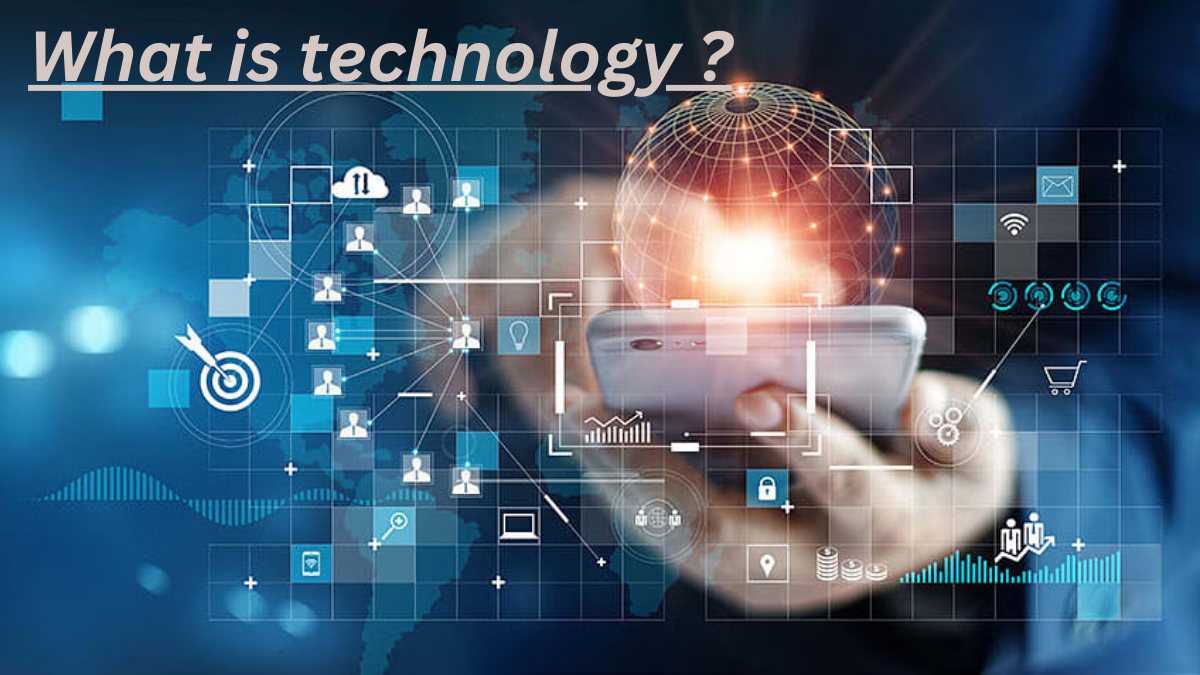
The result of applying scientific knowledge to real-world problems is technology. Many types of news 5 Types of Technology are originated from humans experimenting with new concepts and looking forward for more effective ways to accomplish tasks. 5 Types of Technology is always advancing and generally trying to simplify things for humans. For instance, communication is facilitated and expanded by the Internet.
5 Types of Technology
- Information Technology
- Communication Technology
- Artificial Intelligence
- Green and Clean Technology
- Manufacturing Technology
1. Information technology

Information technology (IT) is the use of computers, storage, networking, and other physical devices, infrastructures, and processes to create, process, store, secure, and exchange all forms of electronic data. Typically, IT is used in the context of business operations, as opposed to the technology used for personal or entertainment purposes also in our daily lives. 5 Types of Technology is essential in various industries, facilitating efficient data management and decision-making of industries.
- Hardware: Computers, servers, laptops, smartphones, and other devices.
- Software: Operating systems, applications, and programming languages.
- Networking: Routers, switches, and protocols for data communication.
- Cybersecurity: Tools and techniques to protect digital assets from threats.
2.Communication Technology

Communications technology, also known as information technologies part, refers to all equipment and programs that are used to process and communicate information from one place to the other. Professionals in the communication technology field specialize in the development, installation, and service of these hardware and software systems. Individuals who enter this field develop an understanding of the conceptions, production, evaluation, and distribution of communication technology devices.
Information that can be accessed, stored, modified, digitally is known as communication technology. Following are a few instances of communication technologies:
- Blogs-Blogs are personal websites or the workers’ websites where we upload the blogs that we use to share content with everyone interested in the subject from anywhere in the world. Blogs are uploaded on Google where anyone can get to see your blog when doing any research related to your keyword. You can use blogs for leisure or business purposes.
- Email- Emails are messages that a single computer user distributes electronically to one or more recipients through a network chain. Sending and receiving emails requires access to the internet. You can use email for personal use, such as sending messages to friends and family members. Often, job candidates send their resumes to potential employers through email.
- Radio- The most widespread use of radio is broadcasting, using a single transmitter to share conversation and music. For example, you may listen to AM or FM radio in your vehicle. As you’re listening, the vehicle’s radio system receives radio frequencies from a single radio transmitter within the range of these frequencies
3. Artificial Intelligence

Artificial intelligence is a field of science concerned with building computers and machines that can control, reason, learn, and act in such a way that would normally require human intelligence or the way human beings act and do their work , the same way they will through the help of technology.
Types of artificial intelligence
Artificial intelligence can be classified in many ways, depending upon the stages of development or actions being performed.
For instance, four stages of AI development are commonly recognized.
- Reactive machines: Limited AI that only reacts to different kinds of stimuli based on preprogrammed rules are termed as reactive machines. They don’t use memory and thus can’t learn with new data.
- Limited memory: Modern AI is considered to be of limited memory capacity. Deep learning, a subset of machine learning, is considered limited memory artificial intelligence.
- Theory of mind: Theory of mind AI does not currently performs but in many worlds it has been approved right, but research is ongoing into its possibilities. It describes AI that can read the human mind and has decision-making capabilities equal to that of a human, including recognizing and remembering emotions and reacting in social situations as a human beings does.
- Self-aware: A step above the theory of mind AI, AI describes a mythical machine that is self aware of its own existence as it is made by humans and has the intellectual and emotional capabilities of a human.
4. Green and Clean Technology
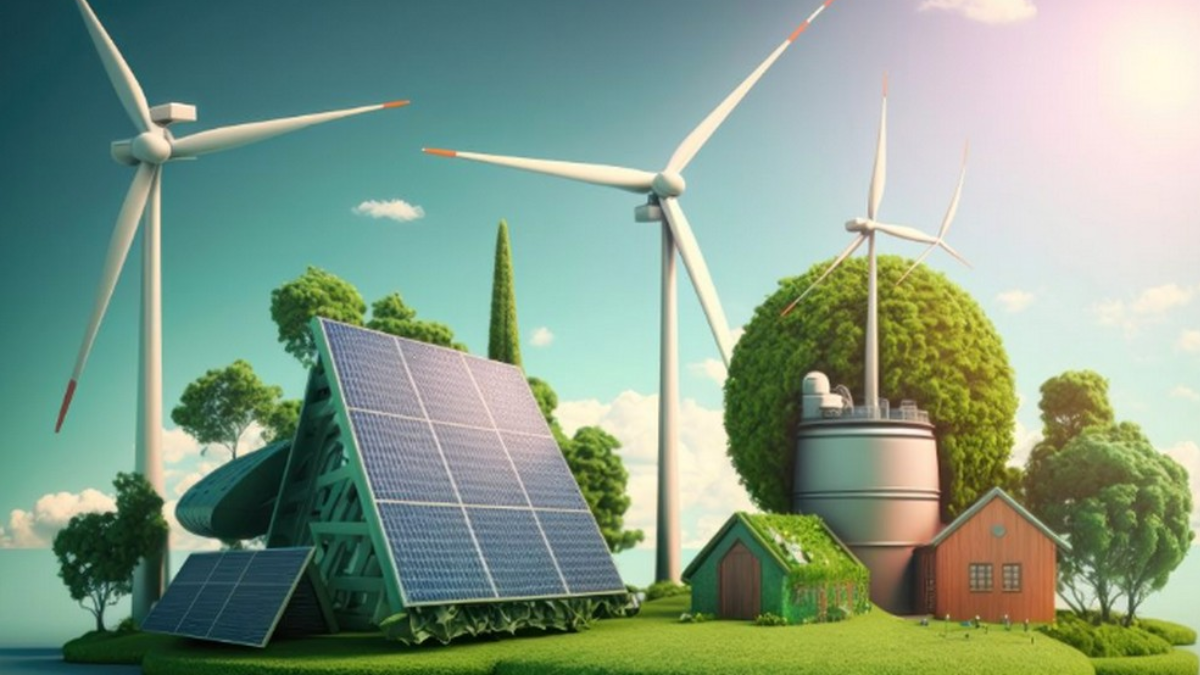
Greentech refers to the use of technology to make positive environmental impacts or reduce negative environmental impacts by keeping the environment clean and green. This can look like reducing CO2 and minimizing waste in your practices. Greentech is also known as “cleantech” or “environmental technology,” and the terms are often used by exchanging them.
The primary goal of Greentech is to reduce the negative impacts human beings impose upon the planet earth, like plastic and waste pollution in the ocean, fossil fuel extra use, and deforestation by cutting trees. Producers of green technology work upon this by using the power of renewable energy sources such as the sun, wind, moving water, organic plant material, and the earth’s heat. By inventing new methods and products, Greentech seeks to identify and replace existing wasteful or harmful habits developed over time to improve the quality of the earth’s environment and course-correct for a resource-rich future. Some specific goals of Greentech include:
- Sustainability. The act of fulfilling societal needs in a manner that can be utilized well into the future. Preserving resources is key to sustainability.
- Cradle-to-Cradle Design. Current manufacturing processes often create products with the ability to be used only a limited number of times, sometimes intending for products to be used just once before disposal. “Cradle-to-cradle” manufacturing replaces this “cradle-to-grave” method of production by shifting focus to creating products that can be reused or recycled.
- Innovation. Technology that is in use today can have catastrophic results on the environment, global health, and the survival of future generations. Innovation seeks to replace these technologies with more efficient means through constant research, design, and development.
- Viability. Viability is created by adopting new methods of green technology, creating new careers that facilitate preservation, and designing supportive economic measures that embrace sustainability to enable the success of preservation efforts.
- Source Reduction. Changing production methods and reducing the consumption of resources in a widespread manner reduce waste and pollution, facilitating the success of conservation efforts. This can be referred to as source reduction.
5. Educational Technology
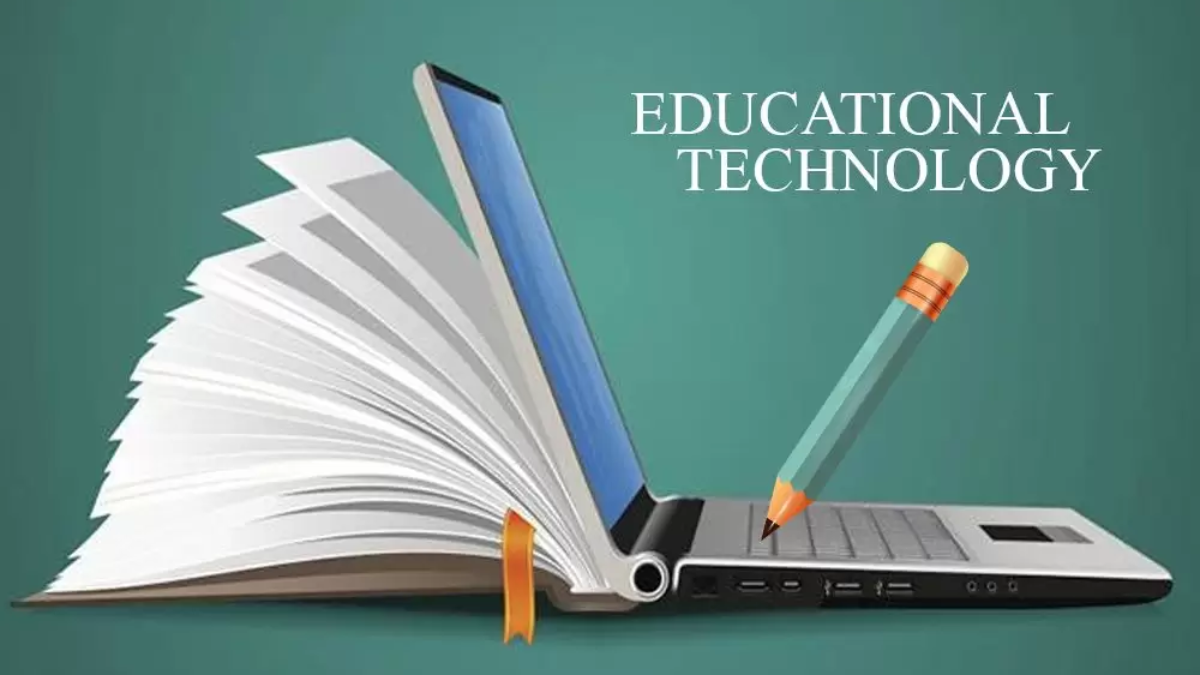
Educational Technology is the field of study that investigates the process of analyzing, designing, developing, implementing, and evaluating the instructional environment, learning materials, learners, and the learning process in order to improve teaching and learning. Educational Technology (EdTech) refers to the use of digital tools and resources to enhance teaching and learning. This includes software, apps, online courses, and interactive platforms that help educators teach more effectively and students learn more efficiently. EdTech aims to make education more accessible, engaging, and personalized.
Educational technology in education is important because it helps today’s teachers to integrate new technologies and tools into their classrooms. Teachers are able to upgrade and improve the learner-centeredness of their classrooms. It enables teachers to engage their students in unique, innovative, and equitable ways. Teachers are also able to expand their network and connect with other teachers and educators nationally and globally.
Types of Educational Technology
There are three types of educational technology: Synchronous and Asynchronous, Linear learning, and Collaborative Learning. Let’s discuss these educational technology types in detail to get a clear understanding.
1. Contemporary vs. non contemporary
Contemporary and Noncontemorary are the first of the educational technology types. Due to new inventions being made every day, students can learn in or out of the classroom. Learning can be self-based with the help of various resources available on the internet), synchronous Learning, and Asynchronous Learning. Now students can learn online through Distance Learning Programmes and virtual Classrooms.
Contemporary Learning is more of, ‘existing or occurring simultaneously‘, and refers to discussing thoughts and information regarding certain topics with others simultaneously.
This type of learning is also known as ‘Synchronous learning’. Some examples are where people are online and working jointly, like face-to-face discussions, chat rooms or virtual classrooms, live teaching and feedback sessions, Skype conversations, etc. Since the students are working in groups, they widen the range of their thinking by listening to others’ thoughts about the same topics.
This will also help in learning and gathering more information which will further result in boosting their knowledge.
2. Vertical Learning
Vertical Learning is the second number in educational technology types. Vertical Learning is all about Computer-Based Training (CBT), where the information about the program is sent to students’ computers, tablets, or smartphones. It looks much like reading an online manual or book. It is frequently used in teaching static processes, like using software or completing mathematical equations. The training is similar to Web-Based Training (sent over the Internet using a web browser).
CBT is different from traditional learning as there is no classroom, textbooks, or manuals. Instead, videos and animation can be included in CBT which will help students understand the topics more precisely.
Furthermore, with the help of Computer-Based Training, assessments such as multiple-choice questions, drag-and-drop, and others can be stored easily and recorded using online software and providing feedback/results simultaneously to users. Lastly, users can get the result online in the form of a certificate.
However, there are some challenges, as creating the required CBTs requires significant resources. Sometimes, the CBT may be complex to use. Also, there is no interaction between students or teachers, resulting in no exchange of thoughts and knowledge.
Conclusion
5 Types of Technology has transformed our world in many ways. It has revolutionized the way we communicate, work, and live. While it has brought many benefits, it has also had some negative consequences.
As we continue to develop new technologies, we must remain mindful of their impact on our society and culture. By doing so, we can ensure that technology continues to serve as a tool for progress and positive change.
FAQ
- Voice communication.
- Text communication.
- Chatbots and AI.
- Processing and computing.
- Cloud platforms and as-a-service delivery.

